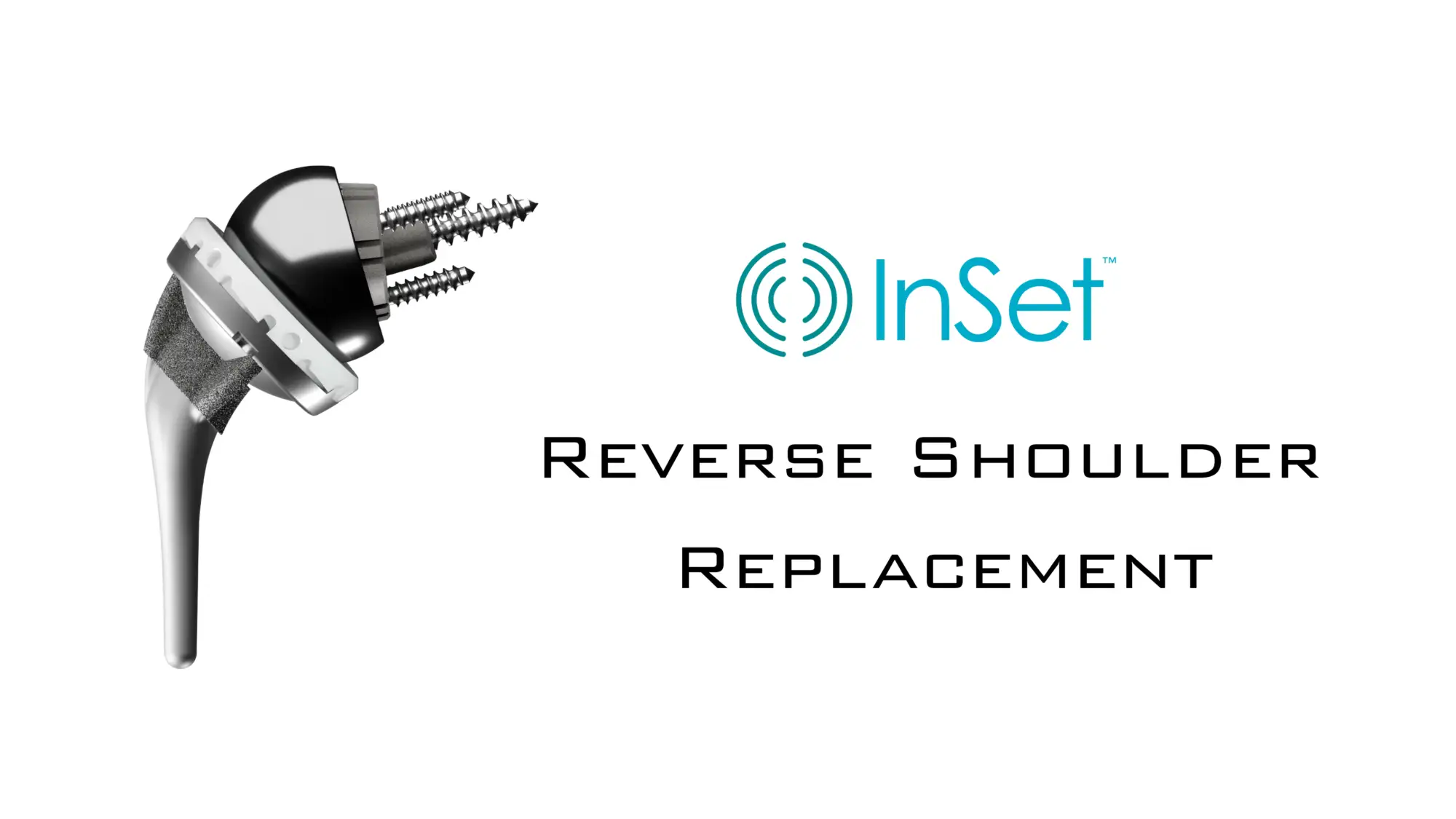Shoulder replacement surgery can be an option for people struggling with severe shoulder pain and limited mobility. The procedure replaces worn components of the shoulder joint with artificial parts made of metal and plastic. The primary goals are to relieve pain, restore function, and improve quality of life, especially when nonsurgical treatments have not provided adequate relief.
In this post, we will take a closer look at shoulder replacement surgery, including the types of procedures available, the conditions treated, diagnostic methods, procedure details, and the recovery process.
Key Takeaways
● Shoulder replacement surgery involves removing damaged bone and cartilage from the joint and replacing them with artificial implants to help relieve pain and improve mobility.
● Different types of shoulder replacement procedures exist to address specific shoulder conditions and patient needs, including anatomic total shoulder replacement and reverse total shoulder replacement.
● Preparation, including reviewing medical history and consulting with an orthopedic surgeon, along with rehabilitation and physical therapy, is important for optimal recovery outcomes.
What is Shoulder Replacement Surgery?
Shoulder replacement surgery, also known as shoulder arthroplasty, is a surgical procedure that replaces damaged parts of the shoulder joint with artificial components. These implants generally consist of a metal ball attached to a stem inserted into the humerus bone and a plastic socket fixed to the shoulder blade, designed to restore the shoulder’s natural shape and help enable smooth movement.
This surgery is most commonly performed to relieve severe shoulder pain and stiffness caused by conditions such as osteoarthritis, rheumatoid arthritis, severe fractures, or rotator cuff tear arthropathy. If nonsurgical treatments including physical therapy, medications, and corticosteroid injections, fail to relieve symptoms, shoulder replacement surgery may be recommended by a shoulder specialist.
Types of Shoulder Replacement Procedures
There are several types of shoulder replacement procedures tailored to different conditions and patient needs. In total shoulder replacement procedures, both the ball (humeral head) and the socket (glenoid bone) are replaced with prosthetic components. This procedure is typically recommended for patients with arthritis who have an intact rotator cuff and bone quality suitable for implant fixation.

Reverse shoulder replacement is an innovative technique that reverses the normal anatomy by attaching a metal ball to the shoulder blade and a plastic socket to the top of the upper arm bone. It can be particularly beneficial for patients with a torn or nonfunctional rotator cuff combined with arthritis, allowing the deltoid muscle to compensate and move the arm effectively.

Conditions Treated by Shoulder Replacement
Shoulder replacement surgery is commonly used to treat various conditions, including:
● Advanced Shoulder Arthritis: Osteoarthritis and rheumatoid arthritis can lead to cartilage loss, bone-on-bone contact, pain, and limited motion.
● Severe Shoulder Fractures: Broken bones in the shoulder, especially involving the humeral head, that cannot be repaired by other means.
● Rotator Cuff Tear Arthropathy: A combination of rotator cuff tears and arthritis, causing joint destruction and functional impairment.
● Avascular Necrosis: Loss of blood supply to the humeral head that can cause joint collapse.
Depending on the type and severity of the condition, nonsurgical options or other surgical procedures may be considered. An experienced orthopedic surgeon can evaluate the injury and help guide the most appropriate treatment path for your specific condition.
Diagnosing Shoulder Conditions
Diagnosis of shoulder conditions typically involves a thorough review of medical history, physical examination, and imaging studies. In the physical exam, your doctor may assess range of motion, strength, and stability.
For some conditions, various imaging techniques may be used to gain an accurate diagnosis. X-rays can assess bone integrity and arthritis severity, while magnetic resonance imaging (MRI) may be used to evaluate soft tissues such as the rotator cuff tendons. In some cases, your doctor may recommend an ultrasound to compare the injured shoulder with the healthy one.
An accurate diagnosis is important to help guide an optimal treatment and recovery plan.
Benefits of Shoulder Replacement Surgery
For many patients, shoulder replacement surgery has been shown to reduce pain, improve range of motion, and restore shoulder strength and function. Reverse shoulder replacement, in particular, may allow patients with irreparable rotator cuff tears to elevate their arm again by relying on the deltoid muscle.
Preparing for Shoulder Replacement Surgery
Preparation for shoulder replacement surgery typically includes a comprehensive medical evaluation to ensure you are ready for surgery and recovery. Patients should plan to discuss their full medical history, current medications, and previous surgeries with their medical team. Preoperative physical therapy may be recommended to teach physical therapy exercises and prepare the patient for postoperative rehabilitation. Patients may also learn how to use a sling to protect the arm after surgery.
The Surgical Procedure
Shoulder replacement surgery is usually performed under general anesthesia combined with a nerve block to minimize pain during and after the procedure. The surgeon makes an incision over the shoulder, removes damaged bone and cartilage from the humeral head and glenoid bone, and implants the prosthetic components. The surgery typically lasts one to two hours, depending on complexity.
Recovery and Rehabilitation
After surgery, patients will be monitored in the recovery room with their arm often supported in a sling to protect the incision site and facilitate healing. Physical therapy generally begins soon after surgery, focusing initially on gentle movements to maintain shoulder mobility and prevent stiffness. Over the first few weeks and months, physical therapy exercises progress to strengthening and functional activities. Adherence to rehabilitation protocols is important for regaining optimal shoulder function and preventing complications.
Summary
Shoulder replacement surgery can be a valuable option for individuals with severe shoulder pain and loss of mobility caused by arthritis, injury, or other joint damage. Advances in techniques, especially reverse shoulder replacement, have expanded treatment options for complex cases.
The best outcomes are typically achieved through consultation with an experienced shoulder surgeon, preparation ahead of surgery, and committed participation in rehabilitation.
Frequently Asked Questions
What should patients expect on the day of shoulder replacement surgery?
Patients are usually asked to arrive early for preoperative preparation, including paperwork and anesthesia. General anesthesia, combined with a nerve block, helps support a comfortable experience.
What are the benefits of total shoulder replacement surgery?
In many cases, this surgery can help relieve pain, restore mobility, and enable patients to return to daily activities.
What bones make up the shoulder joint?
The shoulder joint consists of the humerus (upper arm bone), scapula (shoulder blade), and clavicle (collarbone), which work together to provide a wide range of motion.
What type of joint is the shoulder?
The shoulder is a ball-and-socket joint, allowing motion in multiple directions and providing flexibility and extensive range of motion.

